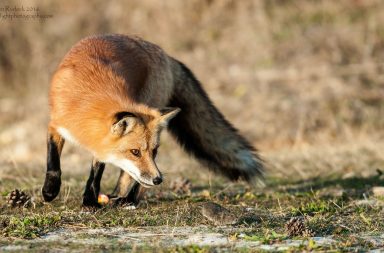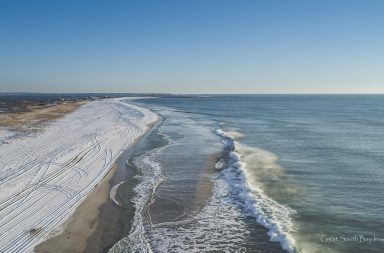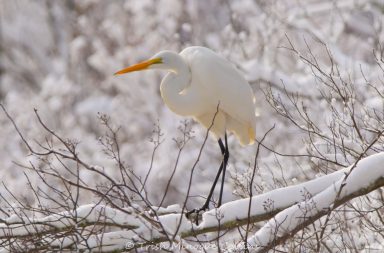NORTHERN BOBWHITE
When strolling through the woods or even taking a walk on your block you may hear the once familiar call of “bob white, bob white”, a small “chicken like” bird in the quail family that calls its name; the Northern Bobwhite.
Bobwhite males are slightly larger than the females, but the coloring of both birds is very similar. Light tannish in color with tan and black barring, both have a stripe above the eye that continues down the nape (a distinguishing ID mark). Both also have a chestnut crown and a triangular patch on the throat, but the males’ patch and stripe are white and the females are more buffy.
Bobwhites prefer grasslands that differ slightly with mixed pine-hardwood forests and agricultural fields. They also like areas where there are patches of dirt because they love to dust bathe, preen and “ant”. Frequently one bird will begin drawing dirt towards their bodies with their wings and bills and soon other birds will join in this dust bathing behavior.
Spread wings and tail is thought to be a signal by a female who is ready to mate during the breeding season which generally begins in March or April. The nest is a scrape on the ground lined with dead pine needles and/or grass. Sometimes a nest is used by two females, and 12 to 15 eggs are generally laid. Incubation is usually 23 days and baby birds are born wet with their eyes open. Even though the down dries quickly, the chicks need brooding by the parents to help them “thermoregulate”. First flight happens about 14 days after hatching, and the parent bird will then lead the chicks to food. Bobwhites eat seeds and some parts of green succulent plants, however, the young will eat insects for the first 6 to 8 weeks of life. During the breeding season females will consume more protein than the males.
Bob whites do not migrate but form “coveys” of 12 to 20 birds depending on the population in the area, presumably for safety and warmth. (Along with “covey”, they are also called a “bevy” and a “name dropping”.) In the evening they form a circle, or “rosette”, with their tails facing inward and their beaks facing outward, allowing the birds to easily flee in case of a predator. (Also, if chicks come upon a predator they will drag their wings in a distraction display.)
Unfortunately Bobwhite predators are many, and the life expectancy is only about a year. They are prey to everything from Cooper’s Hawks, Red-tailed Hawks, Great Horned Owls, raccoons, opossums, skunks, fox, cats and dogs, to human hunters. (The Northern Bobwhite is the official game bird of Tennessee, Georgia, and Washington and is commonly referred to as the “King of native American game birds”.)
General populations of Bobwhite (especially in the North) have declined about 65% in the last few decades; reasons are hunting, pesticides and, especially, habitat loss.
Bobwhites on Long Island have been low in numbers but reports of hearing their “bob white” calls in woodland areas have been reported from time to time. Most likely due to land preservation, the LI populations are believed to be very slowly increasing … so keep an eye out for this great little bird!

Anita Regler

Jason Frank

Tom Reichert

Leslie Ann

Jason Frank

Kevin Walsh

Cindy Goldman



